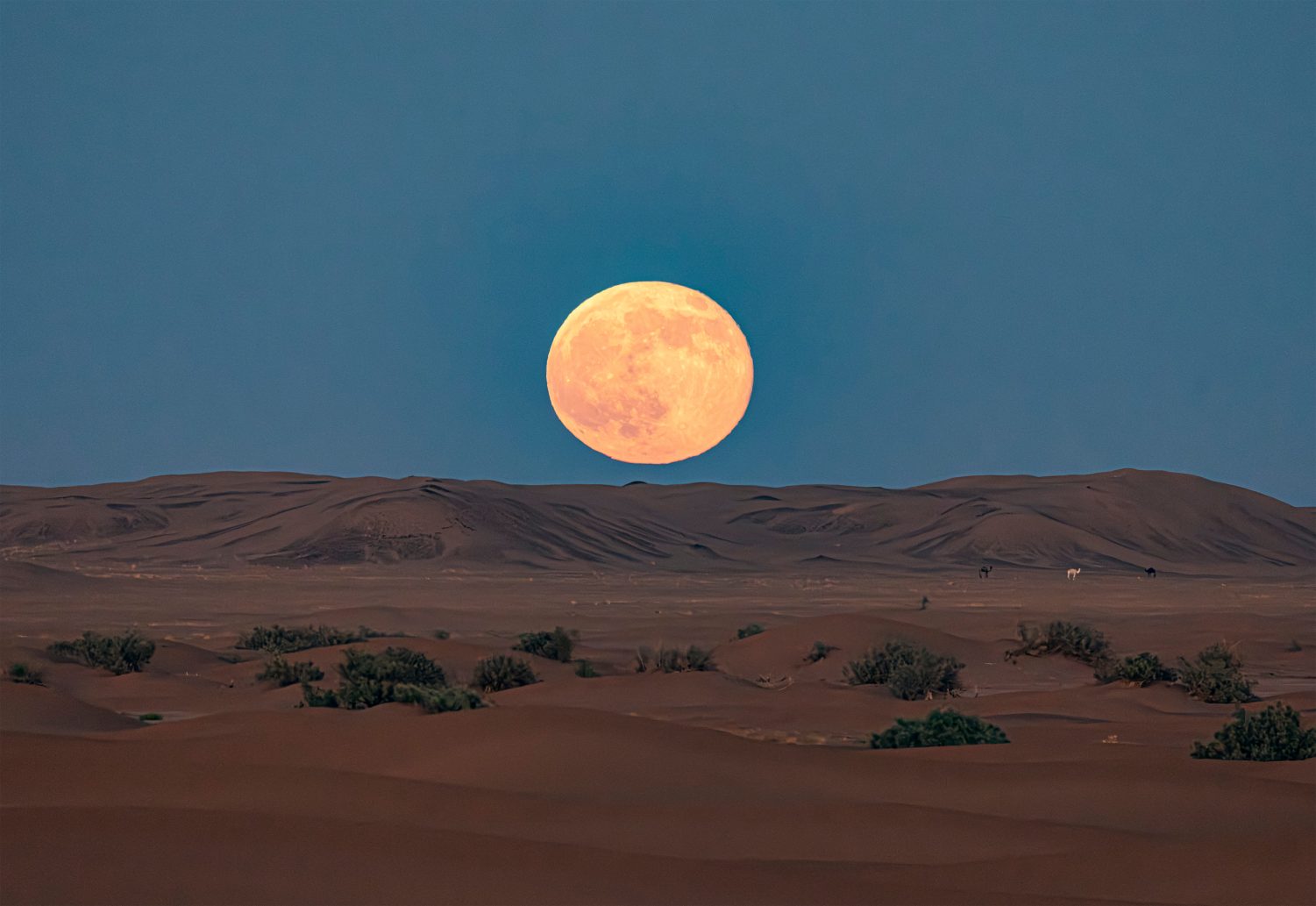
Adobe Stock

Audio By Carbonatix
Sing it if you know it: “The supermoon at night is big and bright (clap clap clap), deep in the heart of Texas.”
If you’re a good Texan, you know that we fudged the lyrics a bit, but we did so for good reason. Tonight is a great night to step outside and catch a beaver – a beaver moon, that is. There are typically three or four supermoons a year, and the beaver moon is the closest any of them have gotten to the Earth in 2025.
“While the peak occurs Wednesday morning, the best viewing windows will be when the moon is just above the horizon, allowing it to appear largest due to the ‘moon illusion,’ says Fox 4.
Beaver moon is a pretty odd name even by super moon standards, right? But according to our friends at the Old Farmer’s Almanac, there’s a good, seasonal reason for the moniker.
Will you step up to support Dallas Observer this year?
We’re aiming to raise $30,000 by December 31, so we can continue covering what matters most to you. If the Dallas Observer matters to you, please take action and contribute today, so when news happens, our reporters can be there.
“This is the time of year when beavers begin to take shelter in their lodges, having laid up sufficient food stores for the long winter ahead,” the Almanac notes. “During the fur trade in North America, it was also the season to trap beavers for their thick, winter-ready pelts.”
What Time Can I See the Beaver Moon?
Start looking east around sunset so you don’t miss the beaver moon. Thanks to the recent time change, the sun will set around 5:30 p.m. in North Texas. If you’re able to escape the city lights, that certainly enhances the viewing experience.
What Will the Beaver Moon Look Like?
Super moons appear brighter and bigger than our typical view of the moon, possibly up to 14% larger and 30% brighter. As it rises, it might give off an orange hue.
In September, the blood moon, or a total lunar eclipse visible in North Texas, not to be confused with the magnificent total solar eclipse of 2024. Seeing striking heavenly visuals in our night sky will never get old, it seems.
“For as long as humans have been around, there has been a ton of interest in space,” McKenna Dowd, a coordinator for the University of Texas at Arlington Planetarium, told the Observer recently. “We all share the same sky, sun and moon.”